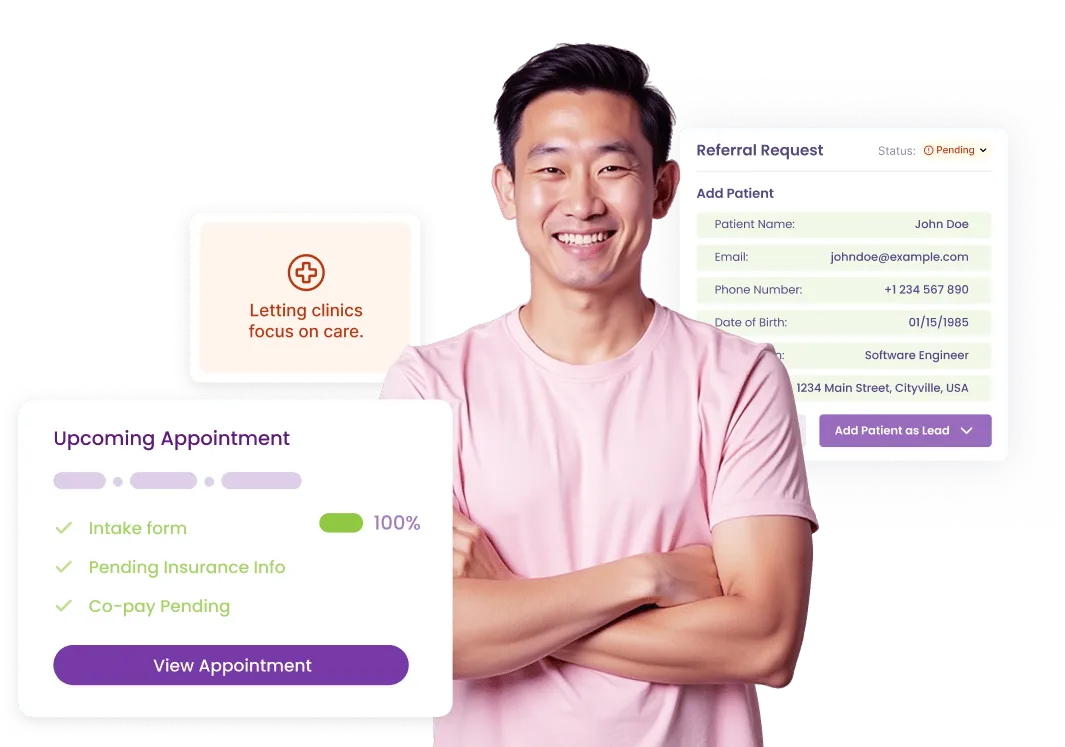96151 – Behavioral Health Assessment / Diagnostic Service
CPT code 96151 represents a distinct mental or behavioral health service, including evaluation, therapy, or care coordination.
What is CPT
96151
?
96151 is designated for use in assessment services, specifically pertaining to diagnostic testing. This section elucidates the clinical significance of the code, outlines necessary documentation practices, and highlights payer considerations. It is imperative for providers to ensure that clinical notes are reflective of evidence-based interventions, detailing treatment objectives, interventions employed, and measurable patient progress. When billing time-based services under this code, clinicians should meticulously document start and stop times to substantiate the duration billed, thereby enhancing accuracy and compliance.

Documentation Tips
When billing for time-based psychotherapy using CPT code 96151, it is essential to document not only the start and stop times but also the therapeutic modality employed during the session. Additionally, clinicians should provide a clear clinical focus, detail the patient’s response to the intervention, and outline a plan for follow-up care. For assessments where scored instruments are utilized, keep a copy of the completed tools on file for reference. In cases of telehealth services, it is critical to document the patient's consent for remote treatment, along with specifics regarding the platform used for delivery. Establishing a consistent documentation structure, such as SOAP (Subjective, Objective, Assessment, Plan) or DAP (Data, Assessment, Plan), will enhance audit readiness and facilitate compliance adherence.

At a Glance
- Service Type: Assessment
- Use Case: Diagnostic / Testing
- Typical Setting: Outpatient clinic or telehealth (subject to payer policies)
- Billing Unit: Per session / per instrument (varies by code)
- Common Pairings: 90791, 96127, psychotherapy codes
Billing Examples
For instance, a clinician may administer the PHQ-9, a standardized screening tool for depressive symptoms, to assess a patient’s mental health status. The scoring of this instrument is recorded and billed as part of the assessment process. In another scenario, standardized neuropsychological tests may be administered, which follow comprehensive workflows that include administration, scoring, and interpretation, all of which justify the use of assessment codes. Each of these instances requires careful documentation to ensure that the services provided are clear and justifiable under the parameters of CPT code 96151.
Compliance Guidelines
- Before billing, verify payer coverage and authorization requirements to avoid denials.
- Ensure that documentation clearly reflects medical necessity and that all services are linked to appropriate ICD-10 diagnoses.
- Utilize correct modifiers as necessary; for example, modifier 95 for telehealth services.
- Avoid upcoding; always select the code that accurately reflects the documented time and level of service provided.
- Conduct periodic audits to identify potential issues, minimize denials, and enhance the quality of documentation.
Common ICD-10 Codes
Helpful links for mental health billing and documentation
- F32.9
- F41.1
- R45.0
- Z13.89
- F90.0
Additional Resources
Helpful links for mental health billing and documentation
Related CPT Codes
Helpful links for mental health billing and documentation
Got questions? We’ve got answers.
Need more help? Reach out to us.
Q1: What is the primary purpose of code 96151?
A: Code 96151 is utilized for services that align with the definition of assessment and diagnostic testing; it is crucial that documentation substantiates the service billed.
Q2: Is it permissible to bill this code via telehealth?
A: Many payers support telehealth billing for this code when the service is provided in real-time, and appropriate modifiers and patient consent are documented. Always consult specific payer policies for guidance.
Q3: What type of documentation might payers request for audit purposes?
A: Payers typically request documentation that includes the time spent, therapeutic techniques or instruments used, patient responses, and a clear linkage to a covered ICD-10 diagnosis.
Q4: Can CPT code 96151 be billed alongside other services?
A: Yes, when billing for multiple services, it is important to document distinct time allocations and provide a rationale for each service. Use appropriate add-on codes or follow E/M separation rules where applicable.
Q5: What are some common reasons for claim denials associated with this code?
A: Common denial reasons include missing time records, insufficient evidence of medical necessity, incorrect modifier usage, or billing services beyond frequency limits established by the payer.

